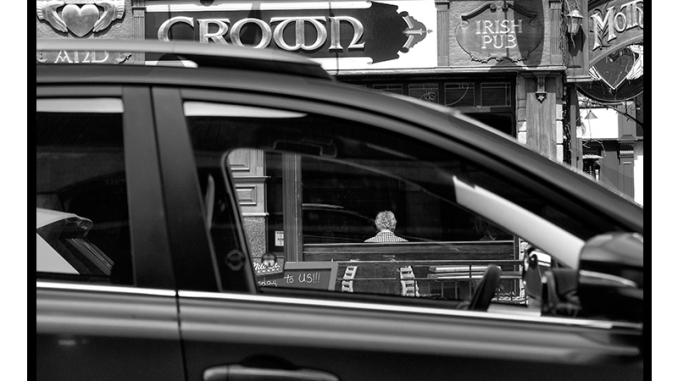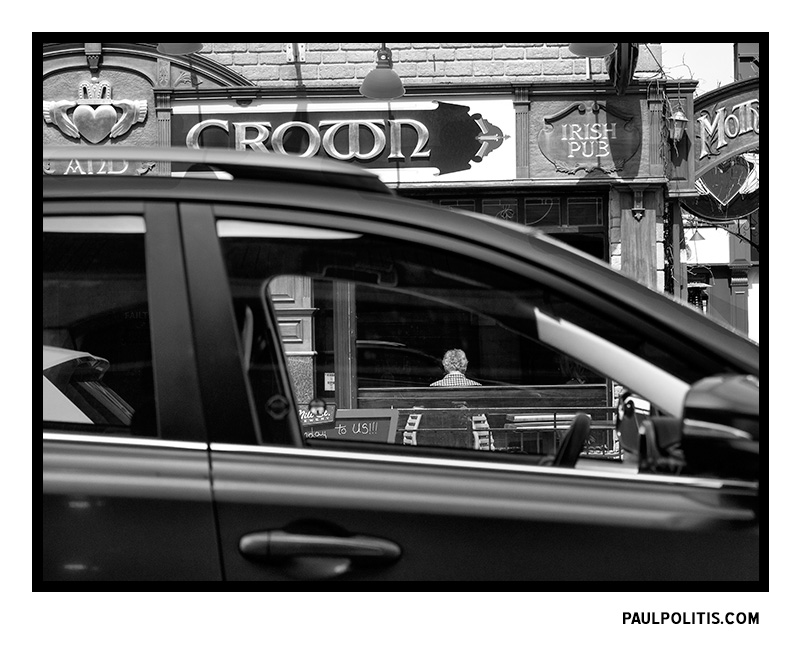

From The Artist’s Way: A Spiritual Path to Higher Creativity by Julia Cameron:
“For most of us, the idea that the creator encourages creativity is a radical thought. We tend to think, or at least fear, that creative dreams are egotistical, something that God wouldn’t approve of for us. After all, our creative artist is an inner youngster and prone to childish thinking.”
“Creativity is an experience — to my eye, a spiritual experience. It does not matter which way you think of it: creativity leading to spirituality or spirituality leading to creativity. In fact, I do not make a distinction between the two. In the face of such experience, the whole question of belief is rendered obsolete. “
“People frequently believe the creative life is grounded in fantasy. The more difficult truth is that creativity is grounded in reality, in the particular, the focused, the well observed or specifically imagined. As we lose our vagueness about our self, our values, our life situation, we become available to the moment. It is there, in the particular, that we contact the creative self. Until we experience the freedom of solitude, we cannot connect authentically. We may be enmeshed, but we are not encountered. Art lies in the moment of encounter: we meet our truth and we meet ourselves; we meet ourselves and we meet our self-expression. We become original because we become something specific: an origin from which work flows.”
“Logic brain was and is our survival brain. It works on known principles. Anything unknown is perceived as wrong and possibly dangerous.
(…)
Logic brain is our Censor.
(…)
Faced with an original sentence, phrase, paint squiggle, it says, “What the hell is that? That’s not right!”
Artist brain is our inventor, our child, our very own personal absent-
minded professor. Artist brain says, “Hey! That is so neat!” It puts odd
things together …(…)
Artist brain is associative and freewheeling. It makes new connections, yoking together images to invoke meaning.”
“The essential element in nurturing our creativity lies in nurturing ourselves. Through self-nurturance we nurture our inner connection to the Great Creator. Through this connection our creativity will unfold. Paths will appear for us. We need to trust the Great Creator and move out in faith. Repeat: the Great Creator has gifted us with creativity. Our gift back is our use of it. “
“You will learn to enjoy the process of being a creative channel and to surrender your need to control the result. You will discover the joy of practicing your creativity. The process, not the product, will become your focus.”
“One of the great misconceptions about the artistic life is that it entails great swathes of aimlessness. The truth is that a creative life involves great swathes of attention. Attention is a way to connect and survive.”
“My grandmother knew what a painful life had taught her: success or failure, the truth of a life really has little to do with its quality. The quality of life is in proportion, always, to the capacity for delight. The capacity for delight is the gift of paying attention.”
“The reward for attention is always healing. It may begin as the healing of a particular pain—the lost lover, the sickly child, the shattered dream. But what is healed, finally, is the pain that underlies all pain: the pain that we are all, as Rilke phrases it, “unutterably alone.” More than anything else, attention is an act of connection.”
“It may be different for others, but pain is what it took to teach me to pay attention. In times of pain, when the future is too terrifying to contemplate and the past too painful to remember, I have learned to pay attention to right now. The precise moment I was in was always the only safe place for me. Each moment, taken alone, was always bearable. In the exact now, we are all, always, all right.”